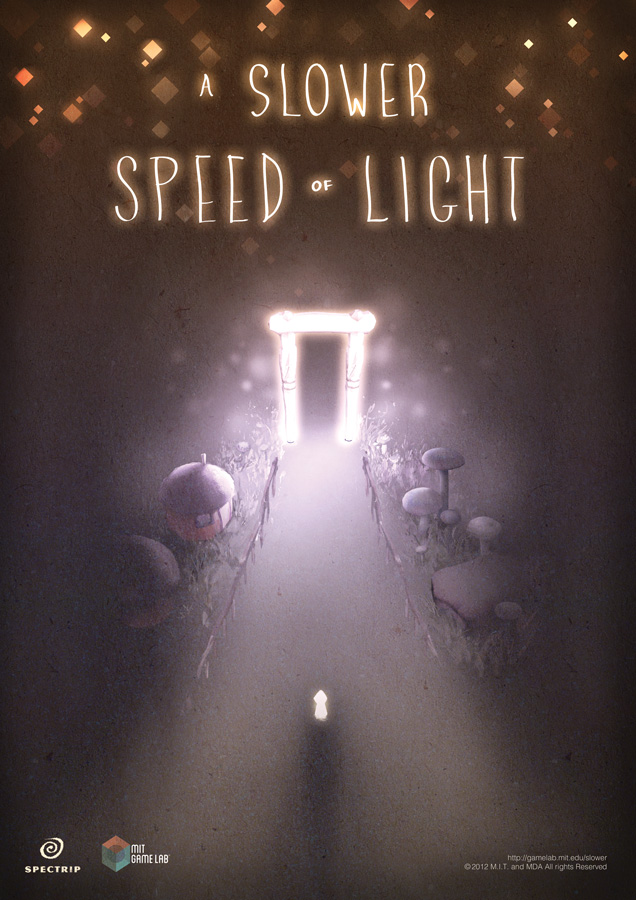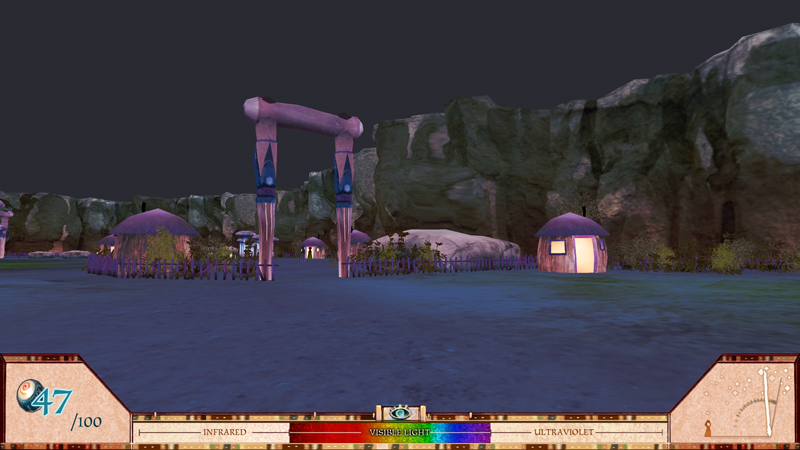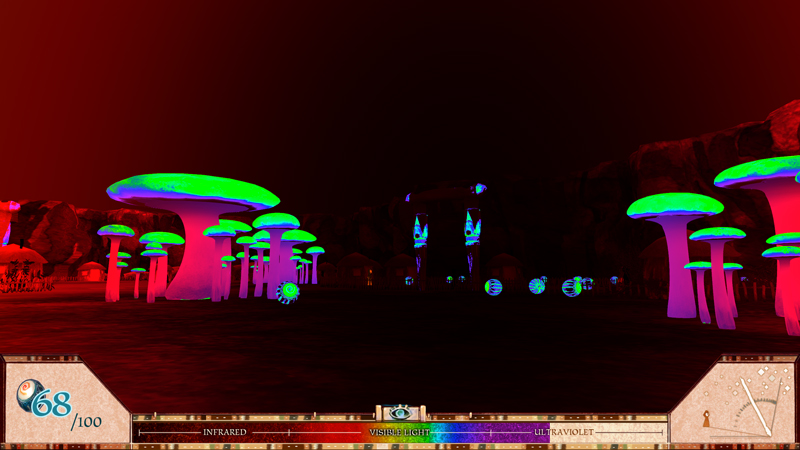Relativity is the theory that space and time are relative concepts rather than absolute concepts, developed by Albert Einstein in 1905. Have you got a chance to play with relativity?! The Massachusetts Institute of Technology gives you a chance.
MIT’s Game Lab released the prototype for A Slower Speed of Light, where you can fiddle with Einstein’s ground-breaking theories and see what happens to the world!
“People think that relativity is extremely weird,” Gerd Kortemeyer a visiting professor of physics at the Massachusetts, explains in the introductory video below to the game “A Slower Speed of Light”.
A Slower Speed of Light is a first-person game prototype in which players navigate a 3D space while picking up orbs that reduce the speed of light in increments. Visual effects of special relativity gradually become apparent to the player, increasing the challenge of gameplay. These effects, rendered in real-time to vertex accuracy.
Effects include:
- Doppler effect which is red- and blue-shifting of visible light, and the shifting of infrared and ultraviolet light into the visible spectrum
- increasing brightness in the direction of travel, known as the searchlight effect;
- Time dilation, which is differences in the perceived passage of time from the player and the outside world;
- Lorentz transformation — the warping of space at near light speeds;
- Runtime effect, which is the ability to see objects as they were in the past due to the travel time of light.
A Slower Speed of Light also allows Players to share their mastery and experience of the game through Twitter.
OpenRelativity (set of tools for simulating the effects of traveling near the speed of light in the Unity3D game engine), targeted for release as a free, open-source package in 2013, to allow others to produce more simulations and games about traveling near the speed of light.




